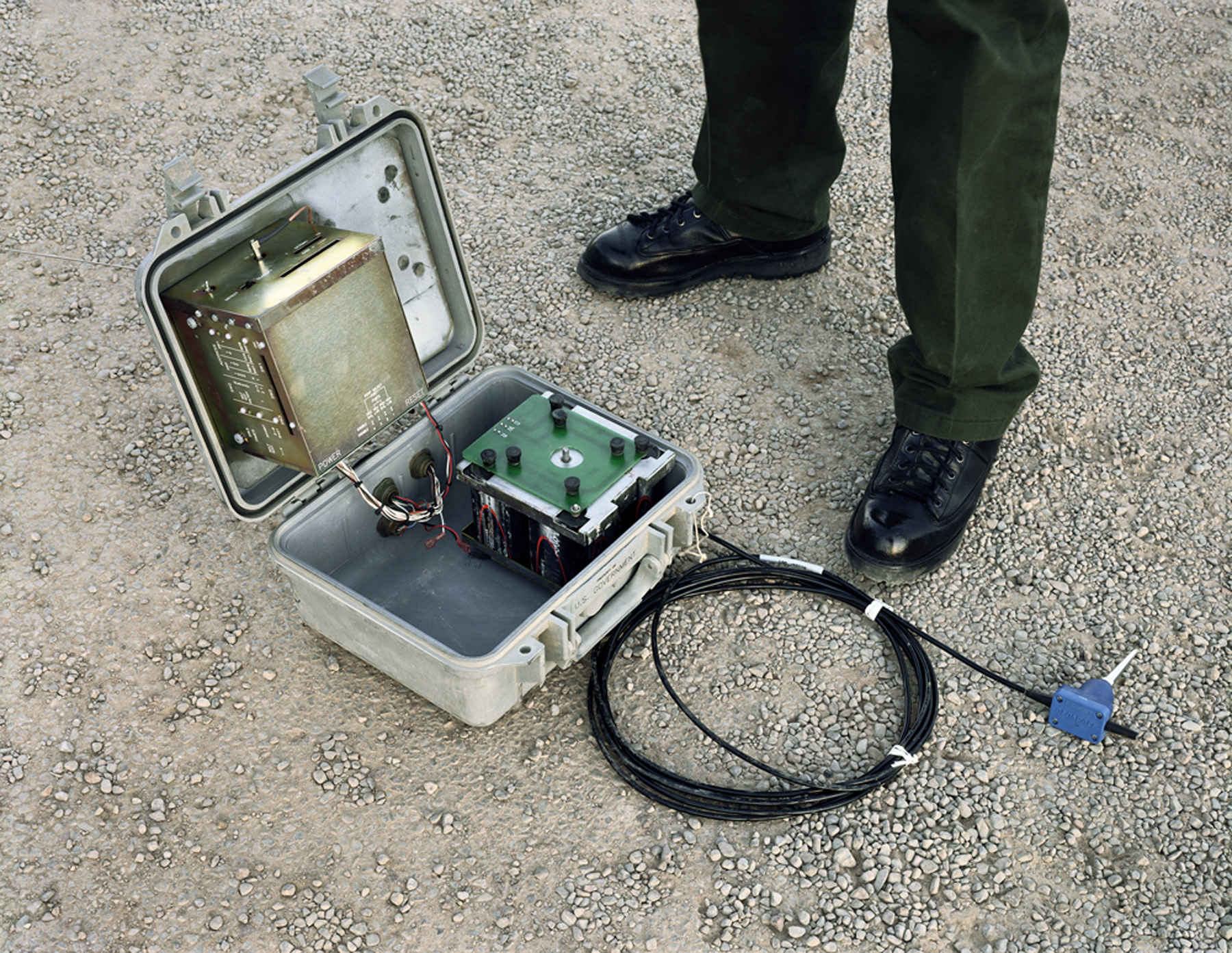
“There are known knowns. These are things we know that we know. There are known unknowns. That is to say, there are things that we know we don’t know. But there are also unknown unknowns. There are things we don’t know we don’t know.” – Donald Rumsfeld, former U.S. Secretary of Defense, in response to a question about the lack of evidence of weapons of mass destruction in Iraq, February 12, 2002.
It started with a spy meeting.
In November, 2011, Claire Carter, Curator of Contemporary Art at the Scottsdale Museum of Contemporary Art (SMoCA), was invited to present some “complex artwork [with] often ambiguous conclusions” to the Arizona chapter of the Association of Former Intelligence Officers at an educational event in Scottsdale. A former art history major who studied international politics, she jumped at the opportunity to meet such elusive intelligence figures. Carter curated a presentation of images from artists such as Trevor Paglen and David Taylor, who use deep investigative research methods to inform their work — Paglen, for example, often finds the names of classified military programs by searching for government job listings. Both men create work that discusses the covert culture surrounding intelligence in America, often shedding light on information that would otherwise be unknown to the public.
Following Carter’s presentation was utter silence, and a single generic question during the Q&A. Carter’s boss Timothy Rodgers, Director of SMoCA, felt that she might have “hit a nerve” with the crowd, igniting the spark of inspiration for SMoCA’s current exhibition. One surprised former CIA agent and political science professor asked Rodgers how these artists could have possibly acquired such classified information.
This is the question on everybody’s mind today. Since Sept. 11, 2001, the American psyche has been perplexed and paranoid about information; leaked information, freedom of information, information collection, and false information.
These uncertainties that infiltrate American politics and society, as well as the murky, anonymous layers of the intelligence community, inspired Carter to curate Covert Operations. The exhibition features diverse work from artists such as Kerry Tribe, Harun Farocki, David Gurman, and Taryn Simon, among many others. The art ranges from photo and video to constructed environments that explore themes of surveillance, privacy, transparence, evidence, intelligence and human rights.
Carter sees these works of art accomplishing the same goal as journalism, if not going further. “They’re raising questions. This is what journalists should do. All of the artists are looking for demonstrable information in Covert Operations. It’s impossible to say what’s true and what’s not because how can you? What we’ve tried to do is provide the greatest amount of transparency in the artists’ practice and in the amount of research they’ve done to make these works.”
She continues: “I didn’t want to choose one topic and beat people over the head with it,” Carter states. “When people walk into the show, there will be some things that they find offensive, and some things that they find compelling. What I really want is a conversation, and that’s what the artists want.”
The show’s catalog will be released in a nondescript manila envelope, evoking the confidential nature of the secrets within. “We’ll see if anyone is brave enough to open it!” says Carter.
Covert Operations will be on view at the Scottsdale Museum of Contemporary Art from Sept. 28—Jan. 11.
Marisa Schwartz is an Associate Photo Editor for TIME.com.


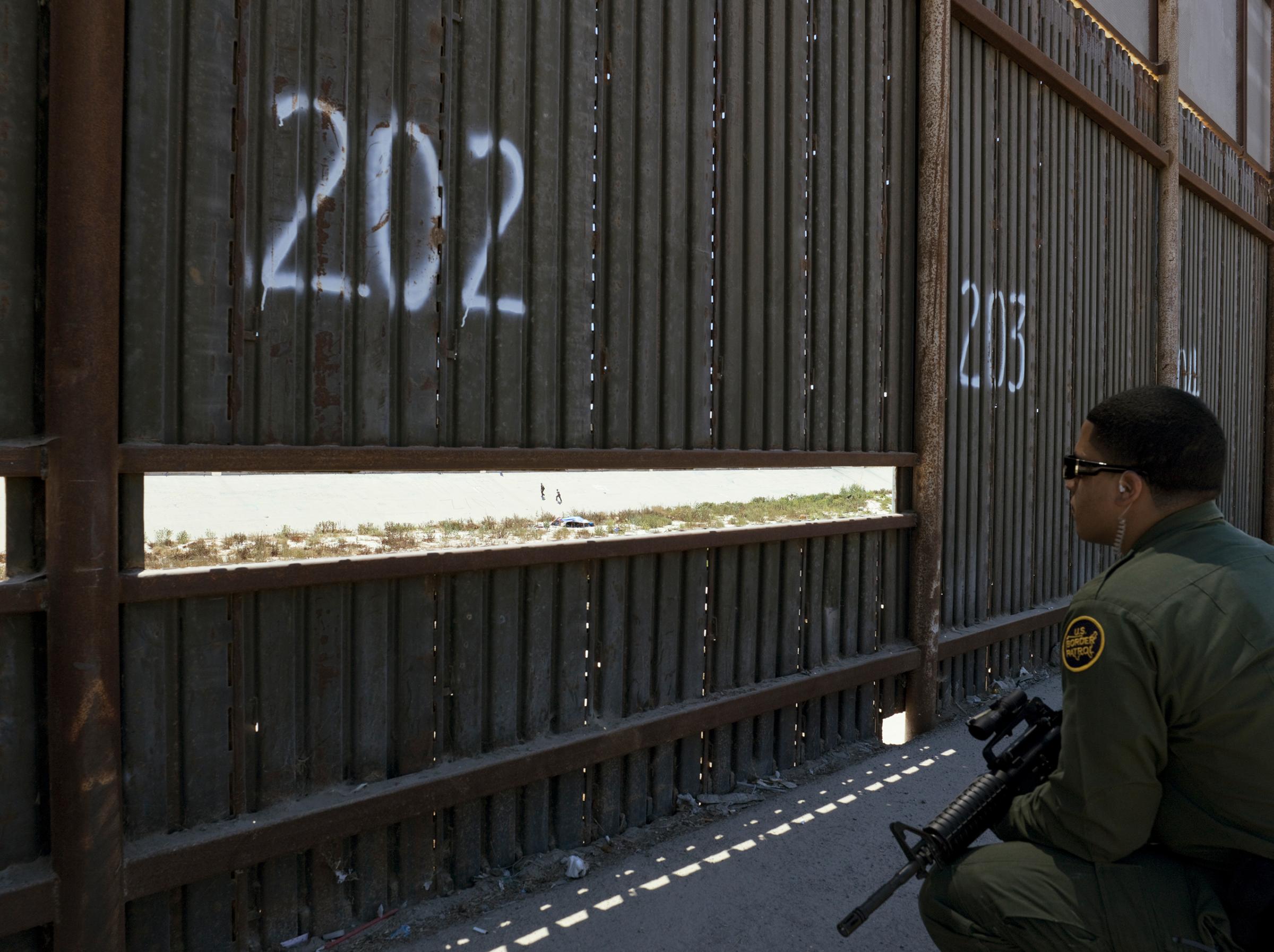
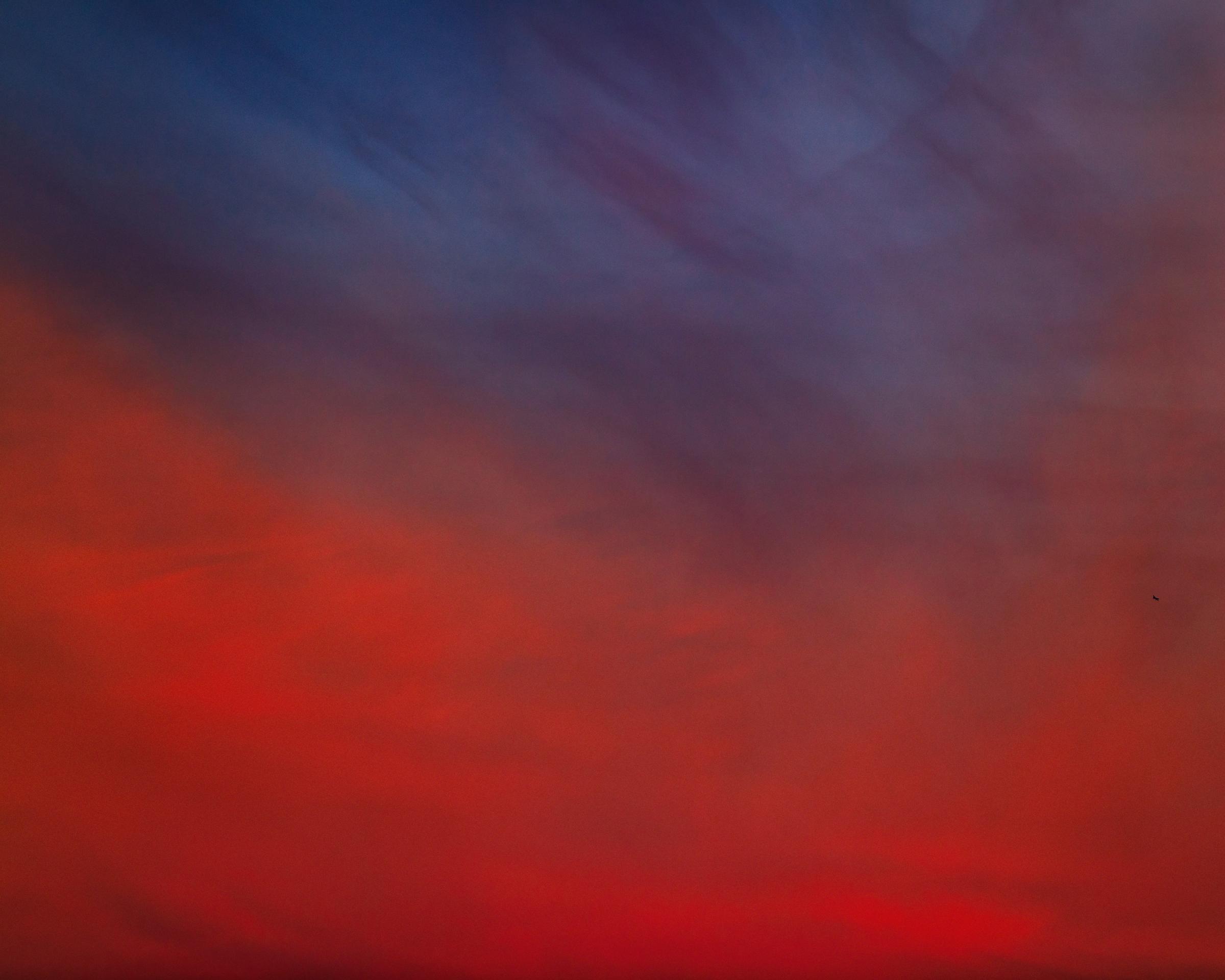

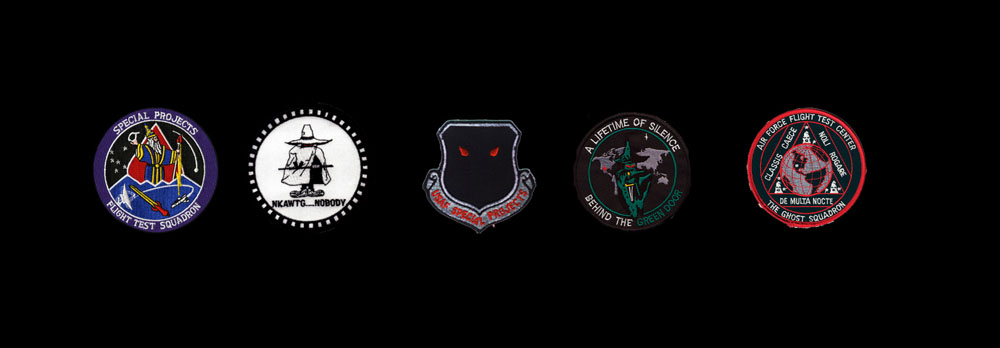

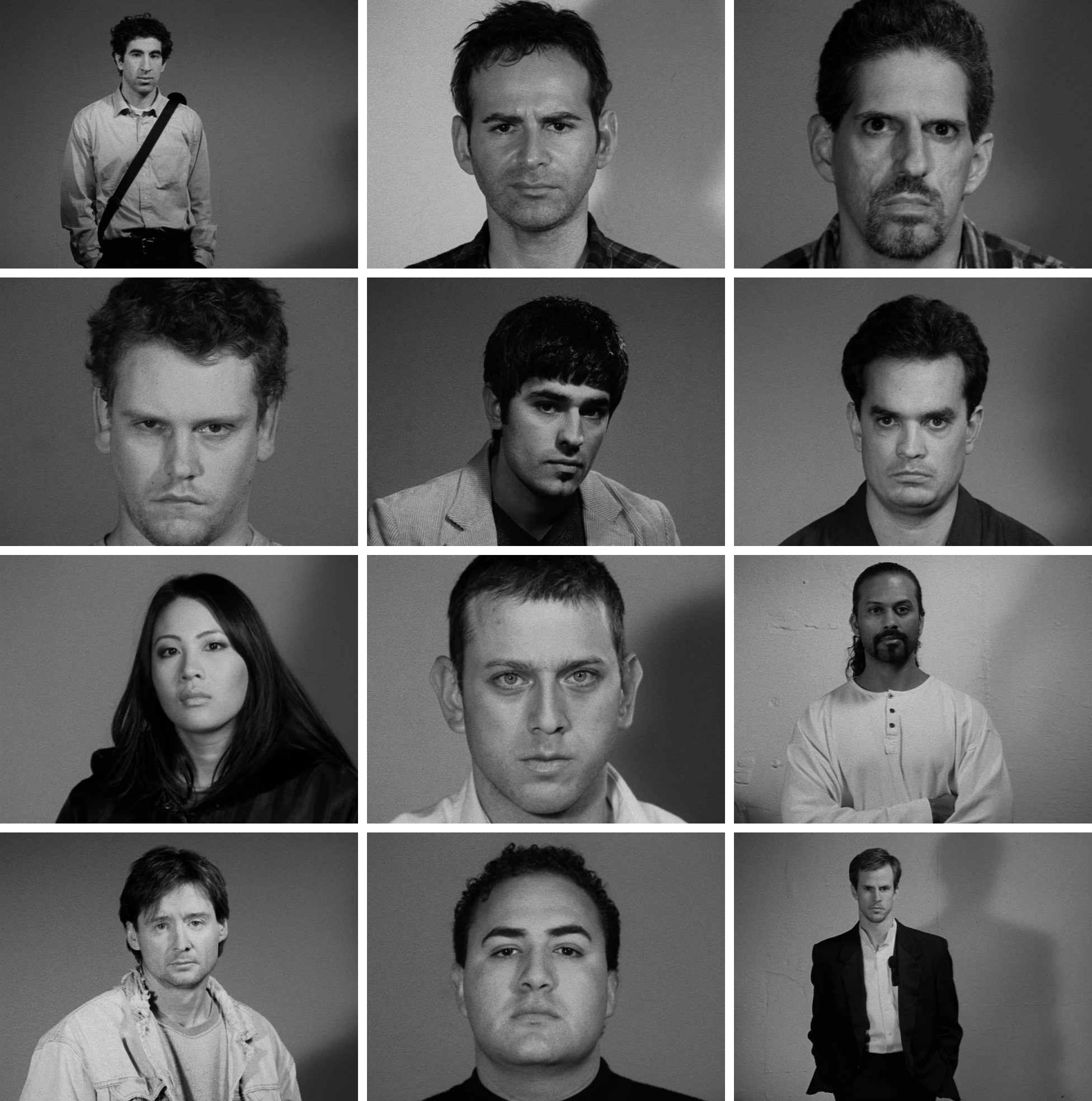

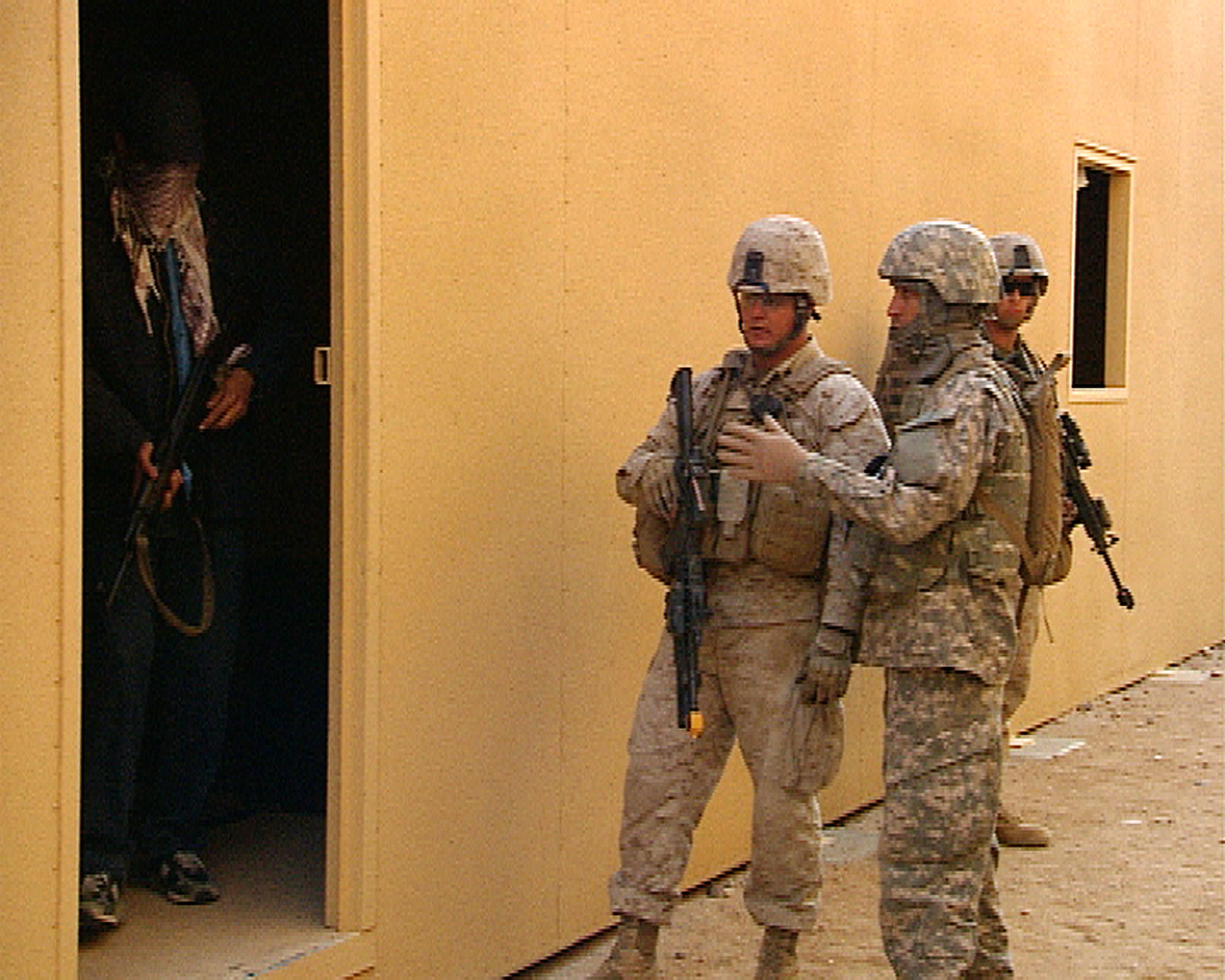

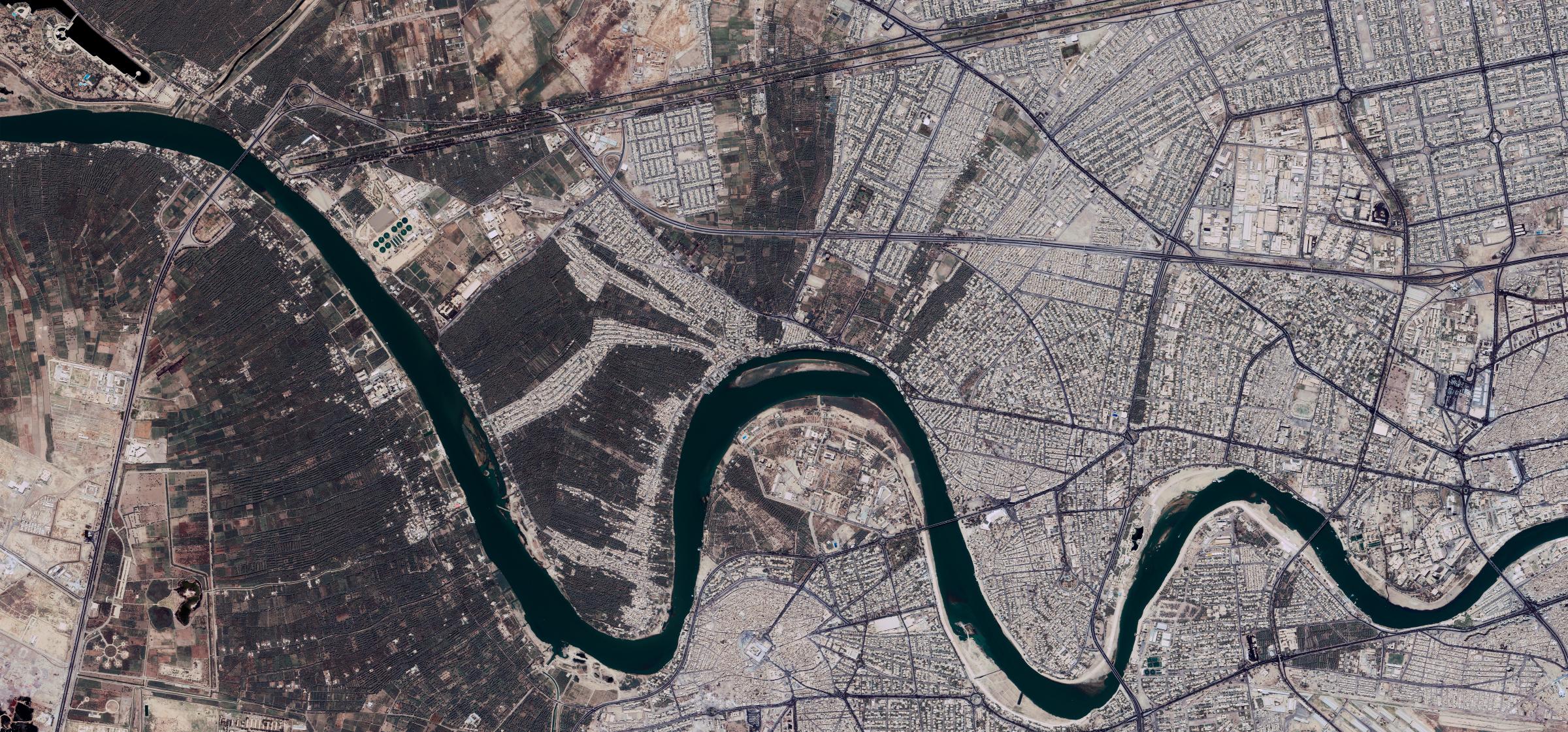


More Must-Reads from TIME
- Cybersecurity Experts Are Sounding the Alarm on DOGE
- Meet the 2025 Women of the Year
- The Harsh Truth About Disability Inclusion
- Why Do More Young Adults Have Cancer?
- Colman Domingo Leads With Radical Love
- How to Get Better at Doing Things Alone
- Michelle Zauner Stares Down the Darkness
Contact us at letters@time.com